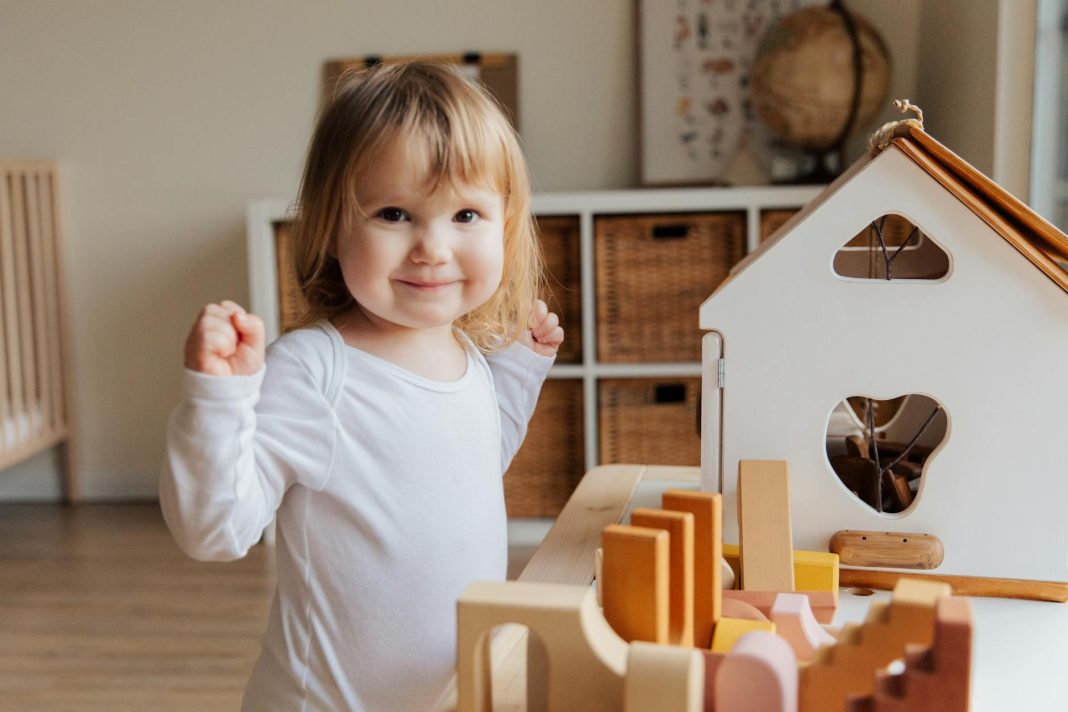Let’s be honest, parenting is a wild ride. One minute you’re gazing adoringly at your little one, the next you’re wrestling with a screaming, defiant miniature human (or a sullen teenager glued to their phone). The key to navigating this rollercoaster? A healthy dose of understanding, effective boundaries, and positive discipline strategies.
Understanding the “Why” Behind the Behavior
Before we dive into *how* to handle challenging behaviors, let’s talk about *why* they happen. Kids, at any age, aren’t intentionally trying to drive us crazy (most of the time!). Their actions often stem from unmet needs – whether it’s a need for attention, power, connection, or simply a lack of skill to express themselves effectively.
Understanding the root cause helps us respond with empathy and understanding instead of immediate punishment. A toddler throwing a tantrum because they’re tired and hungry needs a snack and a nap, not a lecture on good behavior. A teenager slamming their door might be struggling with peer pressure or feeling misunderstood. Digging a little deeper can unlock the solution.
Setting Respectful Boundaries: It’s Not About Control, It’s About Safety and Structure
Boundaries aren’t about being rigid and controlling; they’re about providing a safe and predictable environment for your child to grow and thrive. Think of them as guardrails on a rollercoaster – they keep things from getting *too* wild while still allowing for fun and excitement.
How to Set Effective Boundaries:
- Be clear and consistent: Don’t say one thing and mean another. If you say “no hitting,” mean it every single time.
- Age-appropriate expectations: A three-year-old won’t understand the same rules as a teenager. Adjust your expectations based on their developmental stage.
- Positive phrasing: Instead of “Don’t run in the house,” try “Let’s walk inside.” Focus on the desired behavior.
- Natural consequences: Whenever possible, let the natural consequences of their actions teach them a lesson. If they don’t put away their toys, they might not be able to find them later.
- Logical consequences: If natural consequences aren’t feasible, implement logical consequences. If they don’t finish their homework, they might miss screen time.
- Follow through: Consistency is key. If you set a boundary, stick to it. Inconsistency confuses children and undermines your authority.
Positive Discipline: Teaching, Not Punishing
Positive discipline focuses on teaching and guiding your child toward positive behavior, rather than punishing them for negative behavior. It’s about building a strong, healthy relationship based on respect and understanding. Raising Happy Humans: The Gentle Art of Boundaries and Positive Discipline
Effective Positive Discipline Strategies:
- Empathy and validation: Acknowledge their feelings, even if you don’t agree with their behavior. “I know you’re frustrated that you can’t have another cookie, but the rule is one cookie after dinner.”
- Problem-solving together: Involve them in finding solutions. “What can we do to help you calm down when you’re upset?”
- Positive reinforcement: Catch them being good! Praise and reward positive behaviors. A simple “I really appreciate you helping me clean up” goes a long way.
- Time-outs (used correctly): Time-outs should be a calm, quiet space for reflection, not a punishment. Explain the purpose and keep it brief.
- Ignoring minor misbehavior: Sometimes, the best response is no response. If it’s not harmful or disruptive, simply ignore it.
- Family meetings: Regular family meetings can be a great way to discuss rules, consequences, and problem-solve together.
Behavior Guidance: Age-Specific Approaches
The strategies you use will vary depending on your child’s age. Toddlers need simpler explanations and consistent routines, while teenagers require more open communication and collaborative decision-making.
Toddlers (1-3 years): Focus on simple rules, consistent routines, and positive reinforcement. Use distraction and redirection techniques when possible. Keep explanations brief and clear.
Preschoolers (3-5 years): Introduce more complex rules and start explaining consequences. Use visual aids like charts or timers. Encourage self-regulation through activities like deep breathing exercises.
School-aged children (6-12 years): Involve them in setting rules and consequences. Encourage problem-solving and conflict resolution skills. Use logical consequences and provide opportunities for them to take responsibility for their actions.
Teenagers (13+ years): Focus on open communication, respect, and collaboration. Involve them in setting boundaries and consequences. Provide opportunities for them to develop independence and responsibility.
Remember, You’re a Team
Parenting is a marathon, not a sprint. There will be days when you feel overwhelmed and frustrated. Remember that you’re a team, and it’s okay to ask for help. Talk to your partner, family members, friends, or a therapist. There’s no shame in seeking support. With patience, consistency, and a healthy dose of self-care, you can navigate the challenges of parenting and raise happy, well-adjusted children.

